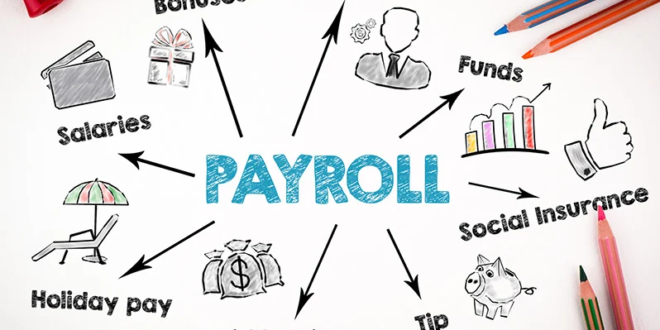As any payroll professional knows, processing garnishments can be tricky. The process requires attention to detail, leading to costly mistakes for your company. This can result in penalties from state and federal agencies. A streamlined garnishment process can minimize these errors and keep your company compliant.
Automated Withholdings
The best payroll services take the stress out of wage garnishments by doing all the work for you. They calculate deductions, submit the appropriate filings and payments and handle all related paperwork for you, ensuring tax compliance. Many also offer a tax guarantee, meaning they’ll cover any fines you may incur for mistakes they make when filing or paying your taxes.
Wage garnishments are complex, and the amount taken from an employee’s paycheck varies by state and jurisdiction. To be as accurate and consistent as possible, look for a payroll system with a highly scalable garnishment solution with customizable rules and defaults. It should also be easy to track multiple garnishment orders and allocations in one place and integrate with other business apps like accounting software and time-tracking options.
A wage garnishment is a legal procedure in which an employer withholds a percentage of an employee’s wages to pay for debt. A court or government agency typically initiates it and involves debt owed to a creditor or the IRS. While a garnishment can be issued for any reason, most are court-ordered based on debt owed to a government agency or the IRS. Wage garnishments are not optional, and by law, you must comply. They must continue until the debt is paid or arrangements are made to absolve it.
Flexible Deductions
Depending on the type of debt an employee is in default for, their employer may be required to garnish up to 15% of their disposable earnings or the amount left over after mandatory deductions are applied (such as federal and state taxes). These limits vary widely by state and can be difficult to track. Wage garnishment payroll processing must be done accurately to avoid noncompliance penalties and fines.
A good payroll system will let you set the percentage or flat amount of an employee’s wages to be garnished. You can also set up a limit for the garnishment so that the deduction will automatically stop once this value is reached. The system will also remit the garnishment to the proper agency, eliminating the need for manual remitting.
As the employer, you must provide your employees with written notice of any wage garnishment action that is about to take place. The information must also include instructions for objecting to the garnishment and claiming any available exemptions based on separate federal or state laws. This allows employees to avoid penalties if they can prove the deduction is invalid. The amount of time it takes to release a garnishment varies widely and depends on the amount of debt owed, the creditor’s procedures, and whether or not an employee has paid their debt in full.
Streamlined Reporting
You know payroll processing can be complex if you’re responsible for payroll processing. You have to keep track of regular time, overtime, gross wages and deductions for every employee in your company. You also need to make sure you’re correctly calculating federal income tax withholding, FICA taxes (Medicare and Social Security), and other mandatory deductions such as health plan and life insurance premiums, HSA, FSA, or 401(k) contributions, and stipends and bonuses.
When a wage garnishment is ordered, you must be prepared to handle it quickly and correctly. The specifics of how to do this will vary depending on the type of garnishment. Regardless, the most important step is to ensure that you can track your employees’ pay, including their garnishment balance.
Once the order is received, you must notify your employee that their pay has been reduced. This can be a confusing time for employees, and you should be prepared to answer any questions they may have.
You’ll also need to be aware of state law, which can differ from federal regulations in a few key ways. For example, four states have enacted laws prohibiting wage garnishments for consumer debts, and 21 have laws that limit support-related wage garnishments to 50% of an employee’s disposable earnings. The exact details of these laws vary from state to state, so you must consult a lawyer in your area and stay current with the latest updates.
Automated Payments
The complexities of running payroll are enough to make any business owner feel overwhelmed. Whether you opt to process payroll in-house, outsource the task to an accountant or work with a payroll service provider, there’s a lot that goes into ensuring your employees are paid properly every time. Whether child support or wage garnishments, legal requirements must be followed when managing employee paychecks. Garnishments can be complicated, requiring a certain percentage of an employee’s wages to be withheld and directed toward a creditor or government agency. Incorrectly processing garnishments can have serious legal ramifications, so you need a scalable payroll system that manages garnishments meticulously.
To find a provider that meets your business’s unique needs, list what you want your solution to accomplish for you. Identify the most important features of your organization, like next-day deposit or automated tax filing, and use them to weigh your options. Then, compare each vendor’s offerings against your list and remove any that don’t align. Once you’ve found the best payroll software for your company, begin the sign-up process and get started with a smoother, more efficient payroll process.
 Time News Global Business, Technology, Entrepreneurship News
Time News Global Business, Technology, Entrepreneurship News




